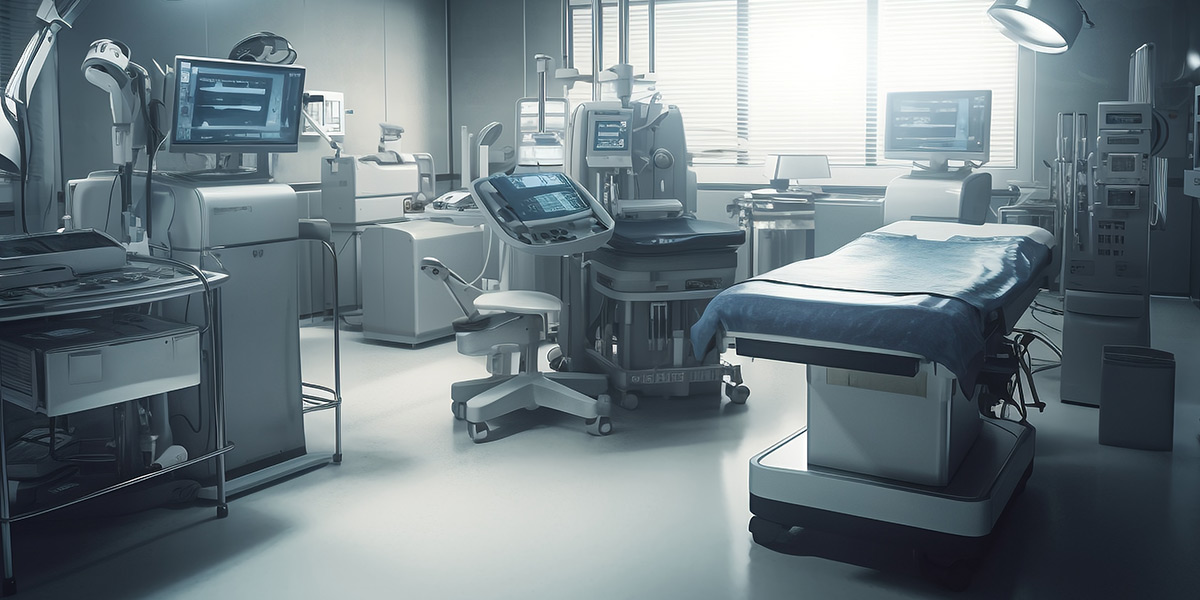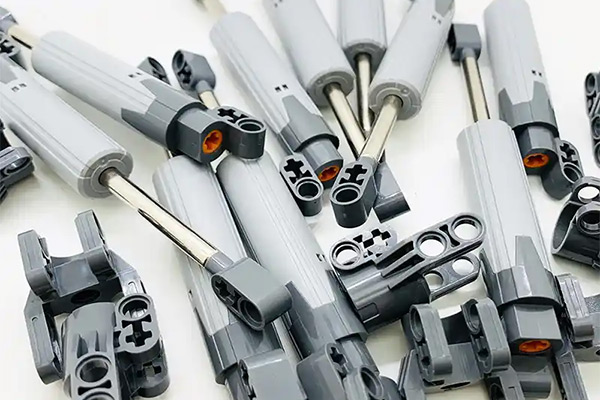The Evolution of Electric Lifting Columns in Medical Equipment
The development of electric lifting columns in medical equipment can be summarized by the following key trends:

1. Higher Integration and Intelligence
Future electric lifting columns won't just be simple lifting devices; they'll integrate more deeply into overall medical equipment systems, achieving higher levels of intelligence and automation.
● Integration with Smart Medical Systems: Lifting columns will seamlessly connect with Hospital Information Systems (HIS), Electronic Medical Records (EMR), or nursing workstations. This will enable functions like preset patient positions, remote control, and automatic adjustments, reducing manual intervention and improving both work efficiency and data accuracy.
● Sensor Technology: More sensors (e.g., pressure sensors, tilt sensors) will be integrated to monitor patient position and weight distribution in real-time. This data will allow for intelligent adjustments, further enhancing patient safety and comfort.
● Memory Functions and Personalized Settings: More devices will feature memory functions, allowing them to store frequently used settings for different patients or medical staff. This will enable one-touch positioning and a more personalized operating experience.
● Voice or Gesture Control: With advancements in artificial intelligence, we may see electric lifting columns that support voice or gesture control in the future. This will make operations even more convenient for medical personnel, especially in sterile environments.
2. Superior Performance
Manufacturers will continue to focus on improving the core performance of electric lifting columns to meet the increasingly stringent demands of the medical field.
● High Load Capacity and Stability: As medical equipment becomes more complex and heavy (e.g., large imaging devices), there's a greater demand for the lifting column's load capacity and ability to withstand lateral forces. For instance, three-section designs offer smaller installation dimensions and longer travel ranges while effectively handling greater lateral moments, making them more stable and reliable than general actuators.
● Smaller Installation Dimensions and Greater Travel Range: In confined medical spaces, equipment needs compact designs while still requiring a wide range of adjustment. This necessitates electric lifting columns that maintain performance while having smaller installation dimensions and longer telescopic travel.
● Extreme Quietness: Hospital environments have strict noise limits, especially in ICUs and operating rooms. Therefore, the noise level of electric lifting columns will continue to decrease, moving towards silent operation.
● High Precision and Smoothness: For operating tables, imaging equipment, and similar devices, precise positioning and smooth lifting are critical for ensuring medical quality. This means electric lifting columns will require even higher standards for motion control precision and stability.
● Long Lifespan and High Reliability: Medical equipment is used frequently, and repair costs can be substantial. Thus, electric lifting columns are expected to have longer service lives and higher reliability, reducing maintenance frequency.
3. Stricter Hygiene and Safety Standards
The medical environment demands extremely high levels of hygiene and safety, which will drive continuous improvements in the materials, design, and functionality of electric lifting columns.
● Easy-to-Clean and Antimicrobial Materials: The use of surface materials that are easier to clean and disinfect, and even the development of special coatings with antimicrobial properties, will help prevent cross-contamination.
● IP Protection Rating: Increased ingress protection (IP) ratings will allow them to withstand frequent cleaning and disinfection procedures.
● Safety Certifications and Fault Protection: Strict adherence to international safety certification standards related to medical devices (such as IEC 60601) and built-in multiple fault protection mechanisms (e.g., overload protection, manual descent during power failure) will ensure the safety of both patients and operators in all circumstances.
● Cable Management: Optimized internal cable management will hide cables within the column, making cleaning easier and improving the equipment's overall aesthetics.
4. Expanded Application Areas
The application of electric lifting columns will extend beyond traditional hospital beds and operating tables to a wider range of medical scenarios.
● Home Care Equipment: With the rise of home-based elder care and telemedicine, electric lifting columns will be increasingly integrated into household nursing beds, assisted transfer devices, and more, enhancing the convenience and safety of home care.
● Rehabilitation Equipment: In rehabilitation therapy, such as gait trainers and assisted standing devices, electric lifting columns can provide precise height and angle adjustments to help patients perform personalized rehabilitation exercises.
● Modularity and Customization: Suppliers may offer more modular electric lifting column solutions, allowing medical equipment manufacturers to quickly customize and integrate them according to their specific needs.
In essence, the future development of electric lifting columns in medical equipment is geared towards becoming smarter, more efficient, safer, and more ergonomic. They will continue to help the medical industry improve service quality, enhance the working conditions for medical staff, and provide patients with a more comfortable and safe experience during treatment and and recovery.





